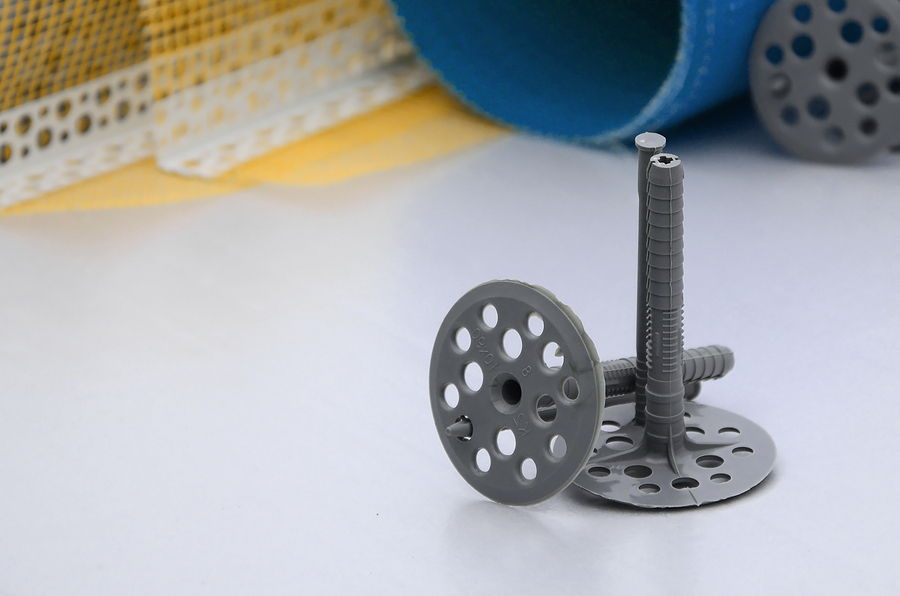As plastic parts and their manufacturing capabilities have increased, the industry has been moving to replace metal components with this alternative. But many potential plastic conversions still exist, often because they have always been made of metal. When the clear advantages that plastic parts offer over metal are explored, many companies discover the potential for immediate cost savings and greater design flexibility that can lead to a broader application market. Let’s look at eight advantages that plastic components have over their metal counterparts.
Plastic Conversions: Lowered Manufacturing Cost
One of the critical advantages that metal to plastic conversions provide is a lowered manufacturing cost. This is because multiple metal components can be converted to a single plastic mold. The alternative of making components out of metal and welding them together is an expensive process.
Even a simple metal component that is converted to plastic saves the cost of additional finishing that is often required for final fit.
Increased Functional Durability
Metal joints that require machining to be usable in metal are seamless by nature in the injection molded counterpart. When these parts are used in a fluid handling system, there is less of a chance that the joint will fail during operation.
The increased likelihood of operational success saves money that would otherwise be lost in system downtime and parts replacement. This helps with the maintenance cost when the solid plastic parts are used instead of the built-up metal component.
Increased Part Dimensional Tolerances
Plastic parts created with advanced injection molding processes can be made to an exacting size. This means they can be produced with tight tolerances. In most cases, they require no machining to be an exact fit with less slack than a comparable metal component provides.
This capability creates an end product that has a better overall fit and finish as compared to the same product created with conventional manufactured metal components.
Noise Reduction
Plastic parts are quieter in nature than their metal alternatives. In many cases, sheet metal applications will require the addition of sound dampeners in order to create a finished product. Vibration and stress movement can generate noise in metal components, most of which can be avoided by using plastic. This is an often overlooked advantage of plastic conversions.
Increased Design Flexibility
Plastic parts made with injection molding can easily have a design that would be difficult to build in metal. Since the design isn’t limited by machining requirements or metal fabrication, it allows for a more complex one that is potentially more adaptable to the need at hand. The capability of a more complex design allows for a wider range of possible applications.
The use of plastic parts in an actuated assembly can eliminate the need for lubrication, whereas it would be a requirement for their metal-on-metal counterpart. By removing the need for lubrication, mechanics can be designed that are tighter and easier to assemble.
Resistance to High Temperatures and Chemicals
Today’s plastics have amazing resistance to both high temperature and chemicals. Metal can change tolerance if it is exposed to a large change in temperature. This can impact performance in mechanical assemblies, where plastic components would see little to no change.
Resistance to chemicals is important in many industrial applications. In some cases, a metal part is coated in order to protect it from the conditions present. As wear increases on the component, the protection may be lost, causing an acceleration of failure. Since the plastic alternative is inherently unaffected by the conditions, it will continue to perform without degradation.
Reduced Part Weight
If you compare two similar components, you will find that the plastic component weighs less than its metal counterpart. But since the plastic alternative can be engineered with internal braces and strength points instead of a solid construction, it can be made even stronger while weighing less.
Lower Packaging and Shipping costs
Since a plastic component can be created that weighs substantially less than its metal version, it can also be packaged and shipped at a much lower cost. Items that have a large weight must be packaged in a way that is more durable in order to protect the item during handling.
Lighter components are easier to handle, making protection less of an issue. They will also do less damage to themselves and their surroundings if dropped during shipping. This becomes an even bigger issue when a volume of parts are shipped since packaging must account for the stacking weight of the components.
Naturally, shipping a lower weight is going to cost less than the alternative that can weigh much more. Even in today’s industrial shipping where dimensional weight calculations are used, the weight differences are enough to provide substantial savings.
Contact Proto Plastics today to learn how metal to plastic conversions can save you money and increase your design flexibility.

